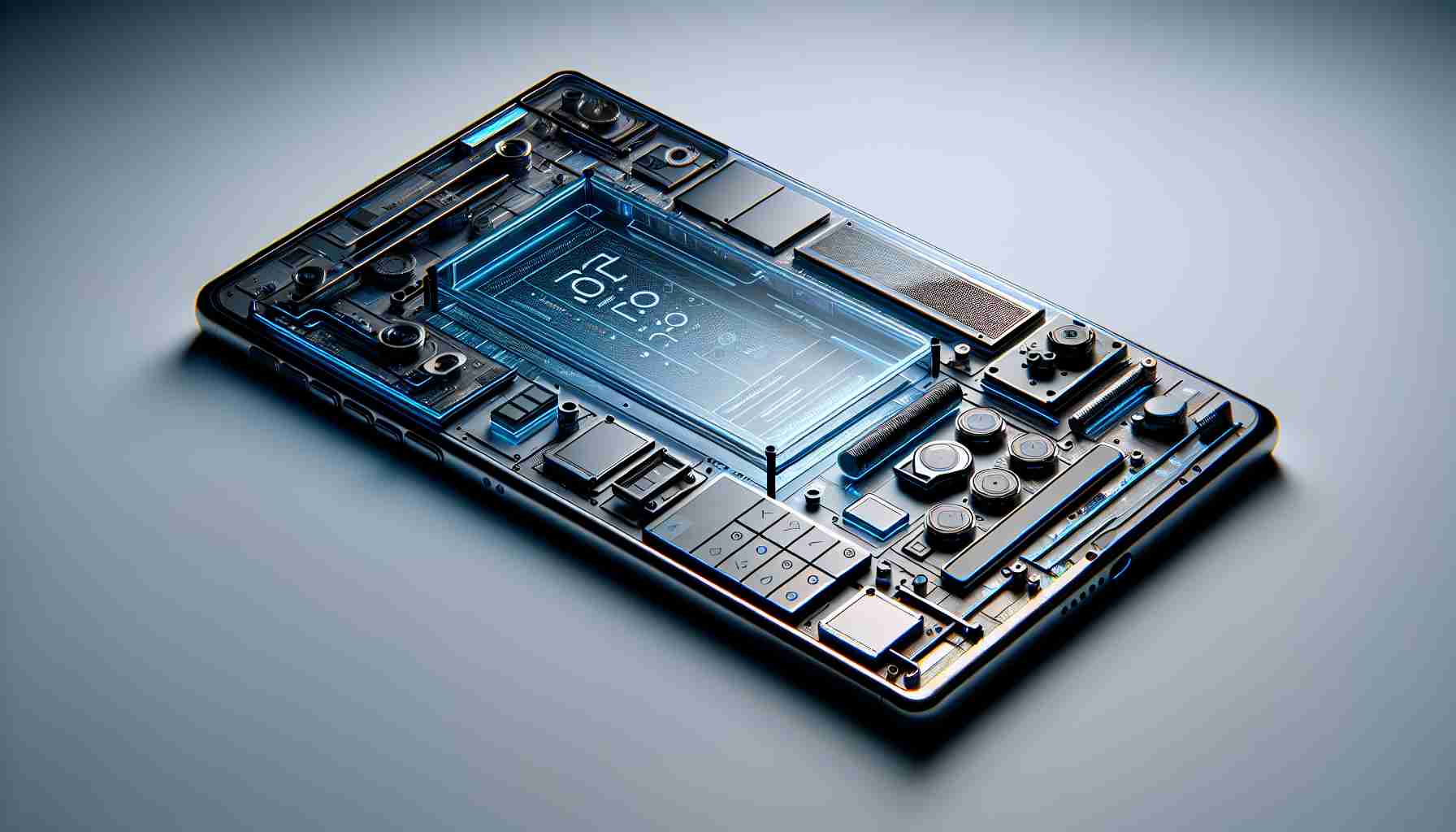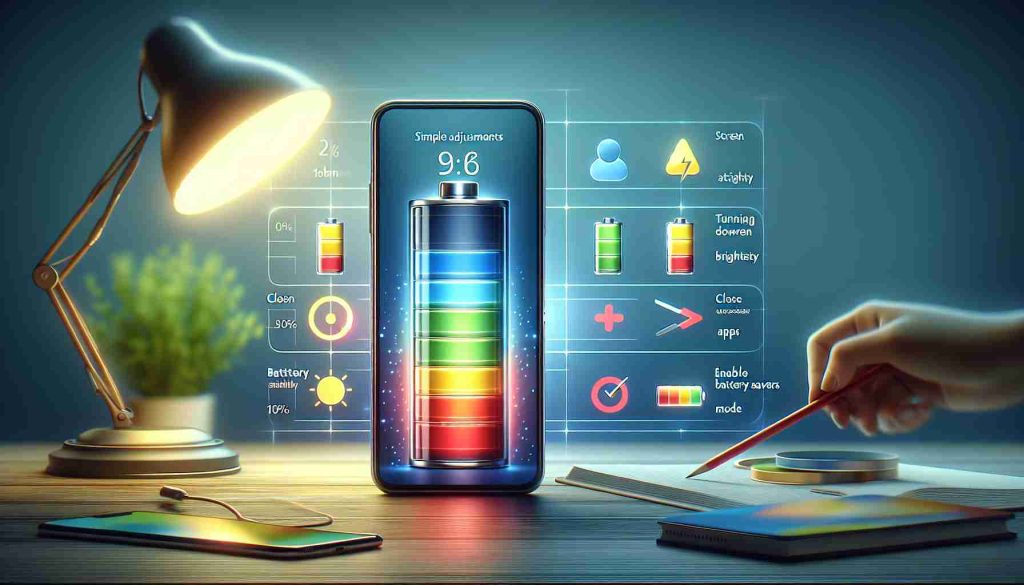As technology continues to evolve, smartphone manufacturers are increasingly moving towards a buttonless design for a sleeker, more modern aesthetic. Among the front-runners in this innovation is Xiaomi, which is reportedly working on a prototype smartphone codenamed “Wangshu.” Recent revelations about this device have generated significant buzz, showcasing a new frontier in mobile technology.
This prototype was unveiled through a code snippet shared in a Chinese forum, revealing impressive specifications. The “Wangshu” device is powered by the Snapdragon 8 Gen 2 processor and features rapid 200W charging capabilities along with an under-display camera. Its design is strikingly modern, devoid of any visible buttons along its edges, which might redefine what consumers expect from smartphone aesthetics.
Equipped with a 2K LTPO display that refreshes at 120Hz, the “Wangshu” boasts a 4,500mAh battery. Notably, this device follows another concept known as “Zhuque,” which was developed over a year ago but ultimately was not brought to market for unspecified reasons. As anticipation builds, there is hope that “Wangshu” will significantly impact the smartphone landscape, captivating users with its bold design and advanced functionality.
The Future of Smartphone Design: No More Buttons
As smartphone technology surges forward, the concept of a completely buttonless device is gaining traction, promising to reshape the way we interact with our mobile devices. This article explores the intricacies of a future without buttons, examining key questions and challenges, as well as weighing the advantages and disadvantages of such a design paradigm.
What Are the Key Technologies Enabling Buttonless Smartphones?
The transition to a buttonless design is powered by several cutting-edge technologies. Touch-sensitive surfaces will replace physical buttons, allowing users to navigate using gesture controls and customizable touch areas. Haptic feedback technology enhances user interaction by simulating the sensation of pressing buttons, providing tactile responses that reassure users they have engaged with the interface. Additionally, advancements in voice recognition and ambient sensing will further reduce reliance on physical controls, enabling hands-free operations.
What Are the Major Challenges Facing Buttonless Smartphone Design?
Despite its promising aspects, there are significant challenges to overcome. One of the primary concerns is user adaptation; many consumers are accustomed to traditional button interfaces, and adjusting to a new, completely tactile and gesture-based system may prove difficult. Furthermore, durability issues arise as touch-sensitive surfaces can be more susceptible to wear and damage compared to hardened physical buttons. Another challenge is the potential for accidental activations, where unintentional touches could disrupt user experience.
What Controversies Arise Around This Design Shift?
The movement towards buttonless smartphones has sparked debate among users and industry experts. Critics argue that removing buttons could lead to a loss of accessibility for certain demographics, such as the elderly or individuals with disabilities, who may rely on tactile feedback for navigating devices. Moreover, there is a concern regarding emergency situations where a quick button press might be more reliable than navigating through touch controls or voice commands.
Advantages of Buttonless Smartphone Design
1. Enhanced Aesthetics: A sleek, uninterrupted surface provides a modern look, appealing to minimalistic design enthusiasts.
2. Increased Screen Real Estate: Without physical buttons, more space is available for screen display, allowing for broader views and immersive experiences.
3. Customizability: Touch-sensitive areas can be designed to suit individual user preferences, allowing for a personalized interface that adapts to different needs.
Disadvantages of Buttonless Smartphone Design
1. Learning Curve: Users may need time to adapt to new methods of interaction, which can lead to frustration during the transition.
2. Repair Complexity: In the event of damage, repairs could be more complicated and costly due to the integrated technology.
3. User Error: The risk of accidental touches remains a significant concern, potentially leading to interruptions and misinterpretations of intended commands.
As the smartphone industry pivots towards these innovative designs, the question remains: will users embrace a future devoid of buttons, or will tradition and tactile interaction retain an unwavering grip on consumer preferences? The answers will unfold as manufacturers continue to innovate and refine these technologies in the coming years.
For more insights into the evolution of smartphone technology, visit TechRadar for the latest news and developments.























